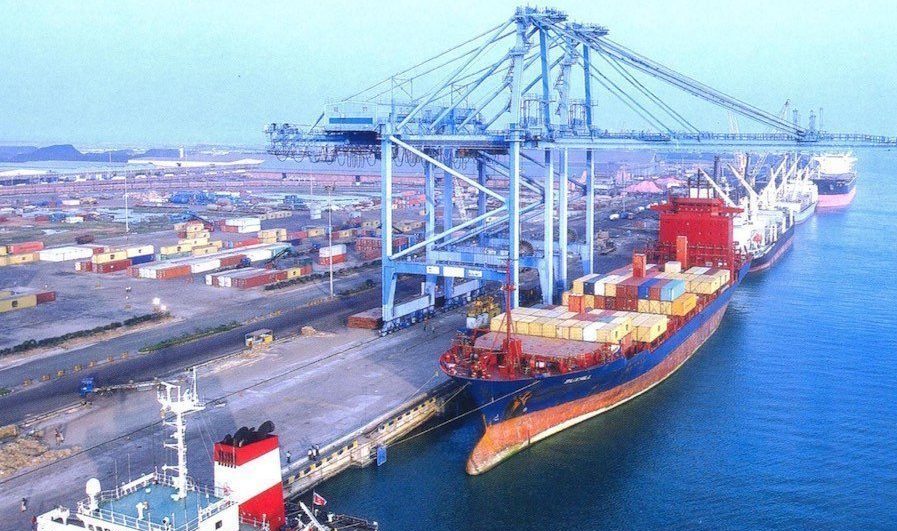
India’s Cabotage Law Reform: A Game-Changer for Container Logistics
HAMBURG : In a groundbreaking and expansive move, India’s decision to relax its Cabotage Law has created significant waves in the nation’s container logistics industry, promising to usher in a fresh era of competition, efficiency, and opportunities while simultaneously posing challenges to domestic stakeholders.
“The relaxation of cabotage laws is set to intensify competition in India’s container logistics sector. Foreign-flagged ships can now ply Indian coastal routes without the need for permits, injecting a fresh wave of competition into the market. This development is expected to drive down shipping costs and potentially boost India’s global trade presence in the long run. With foreign vessels entering the market, shippers and cargo owners can anticipate more competitive pricing and improved service options. The increased competition will likely push logistics providers to offer cost-effective solutions, benefiting importers and exporters alike. Cost savings and greater efficiency in the transportation of goods are on the horizon,” said Christian Roeloffs, CEO and Co-Founder, Container xChange.
To accommodate the surge in coastal shipping activity, we can expect substantial investments in port infrastructure and connectivity enhancements. This anticipated development could lead to quicker turnaround times, increased cargo handling capacity, and more streamlined logistics operations, ultimately reducing overall transportation costs.
The accessibility of foreign ships could serve as a catalyst for trade growth within India. As the domestic logistics landscape evolves, businesses will have more options for moving goods within the country. This development aligns with India’s ambition to become a global trade hub.
Challenges for domestic fleet owners:
While the relaxation of cabotage laws presents opportunities, it also poses challenges for domestic fleet owners. Previously sheltered from foreign competition, they may now need to recalibrate their strategies and operations to remain competitive in a more open market. Adaptation will be crucial to their ongoing success.
The influx of foreign players and heightened competition could potentially drive innovation in the container logistics industry. We anticipate witnessing advancements in tracking and monitoring systems, automation, and efficiency enhancements as companies strive to distinguish themselves in the evolving marketplace.
Foreign shipping companies may also explore opportunities to expand their routes and services within India, potentially offering a broader range of options to shippers. This expanded network may influence freight rates, depending on factors such as route density and cargo volume. In the initial stages of this transformation, the container shipping market may experience some degree of volatility in freight rates as companies adjust to the changing competitive landscape.
A Multimodal Shift:
The shift from road and rail transportation to coastal shipping is now more feasible than ever. With fewer restrictions on coastal trade, certain types of cargo may increasingly opt for this mode, impacting the traditional road and rail sectors. The ripple effect could be transformative for India’s multimodal transportation network.
While the immediate focus is on the Indian shipping industry, the ripple effects of these changes extend to the global supply chain. With Indian ports potentially becoming transhipment hubs due to enhanced coastal shipping, the global supply chain may witness shifts in cargo routing and consolidation, impacting global trade routes and logistics strategies.
From an economic standpoint, the enhanced efficiency and cost-effectiveness of coastal shipping can catalyze India’s economic growth. Efficient supply chains can attract foreign investment and support the expansion of industries that rely on timely and cost-effective transportation of goods.
The transition to a more open and competitive market is expected to lead to both short-term adjustments and longer-term developments as companies navigate the evolving landscape. Additionally, these changes have the potential to influence global supply chain strategies and cargo routing patterns as India’s role in international trade continues to evolve.
